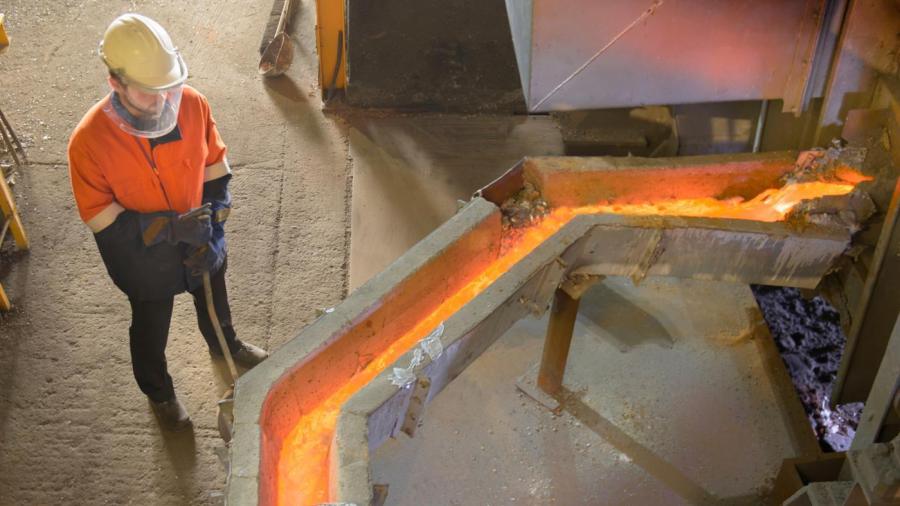Does Aluminum React With Hydrochloric Acid?

Aluminum reacts with hydrochloric acid. Aluminum is extremely reactive and undergoes several reactions. However, if one were to put a piece of aluminum foil in a beaker of hydrochloric acid, there may not be a reaction because of the oxide coating electrolytically applied during production. The reaction will occur with pure aluminum shavings.
When aluminum is placed in a beaker of hydrochloric acid, the reaction produces hydrogen gas and aqueous aluminum chloride. The balanced chemical equation for the reaction is 2Al(s) + 6HCl(aq) = 2AlCl3(aq) + 3H2(g). This experiment can be done safely, but safety goggles should always be worn when working with corrosive acids.
The reaction produces two moles of aluminum chloride and three moles of hydrogen gas. The aluminum donates its valence electrons to become more stable by connecting with chloride. This is a chemical change because aluminum is transformed into a different compound. A chemical change occurs when compounds react to form new compounds. This reaction is known as a single displacement reaction because aluminum trades places with the hydrogen.
Aluminum is one of the most abundant elements on Earth. It comprises approximately 7% of the Earth’s crust. The oxide layer that aluminum forms makes the metal resistant to corrosion.





